If anyone ever says, "Never do this" or "Always do that" in pickleball, don't listen to them.
Pickleball is nuanced and (outside of actual rules) there is rarely anything that can be considered something you should or shouldn't do 100 percent of the time.
With that said, let's discuss four pickleball shots you should definitely stop doing right now.
No. 1 - The cheeky drop
It's important to note that in every situation in a pickleball game, you have multiple shot options. And each of those options comes with a percentage of success.
Some are high-percentage shots while others are low.
Unfortunately, figuring out that percentage at the moment is impossible since there are so many factors that would go into it.
Why Coaching Up Your Teammate During Pickleball Rec Play is Not Helpful
Pickleball rec play is meant to be fun, social and relaxing. That can quickly change when some players decide to coach you up.
 The Dink PickleballJason Flamm
The Dink PickleballJason Flamm
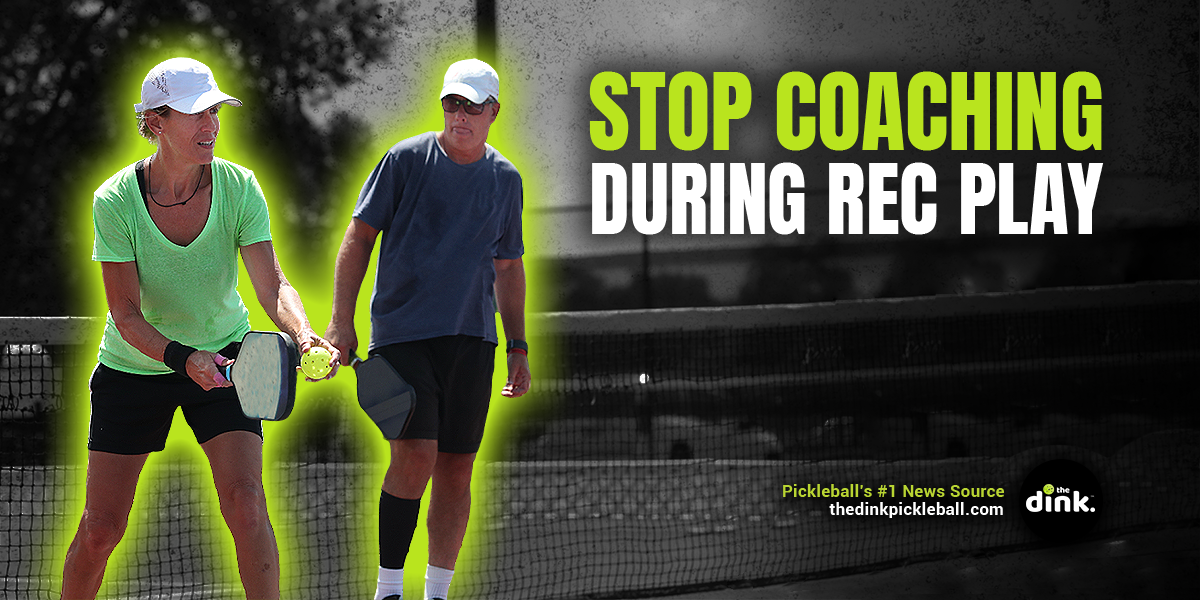
But, we do know that certain situations are always more advantageous than others. For instance, the biggest advantage you (and your partner) can have on a court is when your team is at the kitchen line and the other team is stuck near the baseline.
Often, this happens after terrible third shots or a pop-up that gives a team an opportunity to hit overhead smashes.
If you're the team with the advantage, you should win this point most of the time.
However, there is one shot that could ruin this advantage in the blink of an eye.
I call it, "The cheeky drop."
Two Keys to Better Overhead Smashes in Pickleball
When you’re moving back to field an overhead smash, take one extra step.
 The Dink PickleballThe Dink Media Team
The Dink PickleballThe Dink Media Team

The problem
We've all been there. The other team is defending overhead after overhead and we're getting exhausted trying to put the ball away.
So, what happens?
Someone gets the bright idea that they should "drop" the next ball softly over the net.
Sometimes, this works.
And, against some opponents, it could work often.
The problem with this shot is when it doesn't work. When it doesn't work (either because you hit the ball into the net or because a player on the other team got to it), you've completely given up your massive advantage.
When you hit a drop shot instead of continuing to hammer them back, there are three outcomes:
- You win the point - because the other team couldn't get to the ball
- Your opponent flies up to the ball and safely puts it back over the net
- Your drop shot hits the net or goes out of play
Only one of those scenarios is an ideal outcome.
Of course, you could still lose the point by hitting poor overheads, but bad shots can always happen. We aren't worried about that.
The solution
Keep it simple and don't be cheeky.
Aiming for and hitting balls at your opponent's feet offers the highest percentage of any shot in pickleball. You have the entire court to work with, and when balls are at their feet, it's very difficult for your opponent to make a good return.
No matter how many overheads it takes, the high percentage shot is to keep taking them.
Keep the Point Alive - 3 Tips to Defend Pickleball Overheads
Because pickleballs are made of plastic, overheads are not point enders like they are in tennis. It can take 5 or 6 overheads for a team on offense to finally put the ball away.
 The Dink PickleballThe Dink Media Team
The Dink PickleballThe Dink Media Team
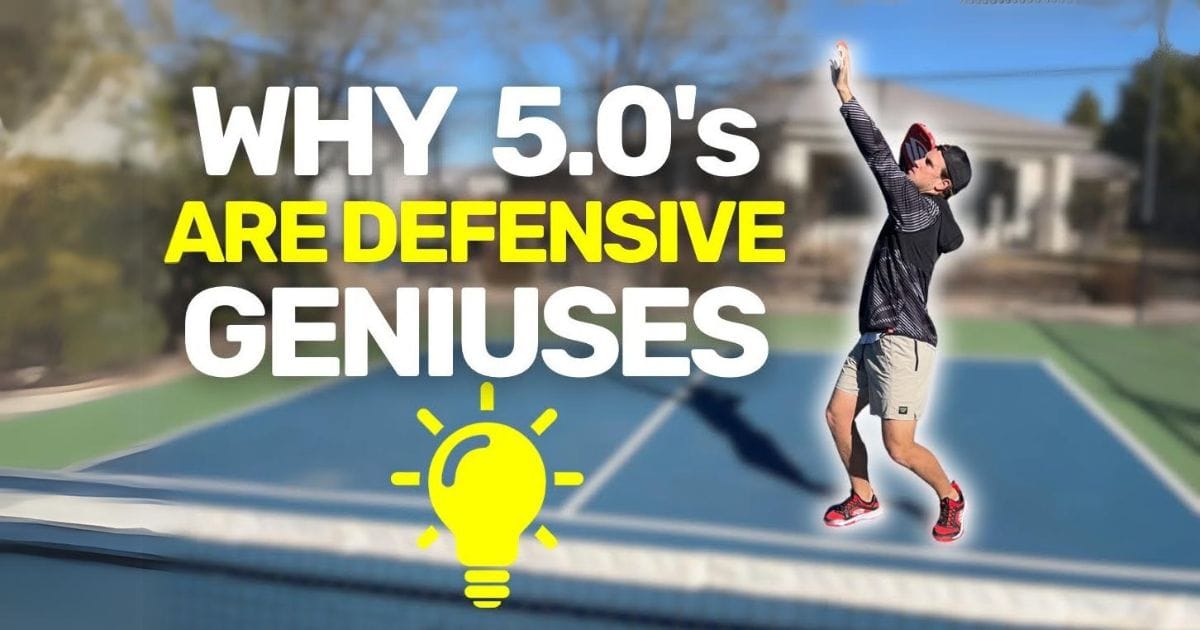
No. 2 - Crosscourt speedups or drives
The advantage of driving or speeding a ball up is that it's a hard, fast shot that gives your opponent less time to react.
These shots can and will win points sometimes.
But in today's game, speedups and drives at higher levels are more likely to be countered, so they are often used to set up an easier next shot for the person who hits them.
There's an argument to be made that speedups and drives have become more important than dinking. But that's an article for another time.
The problem
The problem occurs when we choose to speed up or drive the ball crosscourt instead of at the player in front of us.
Because the shortest distance between two objects is a straight line, when we choose to go crosscourt, we give our opponents more time to react, removing the advantage of these shots.
Another reason going crosscourt is an issue is because of the "Triangle Rule."
Want Faster Hands in Pickleball? Follow the Triangle Rule
Busting out a speedup during a dinking rally used to win you the point in pickleball. Not so much anymore. In fact, coaches now teach players to expect the speedup first instead of a dink so they are better prepared for a counter. Extended dinking rallies, except at the top
 The Dink PickleballJason Flamm
The Dink PickleballJason Flamm
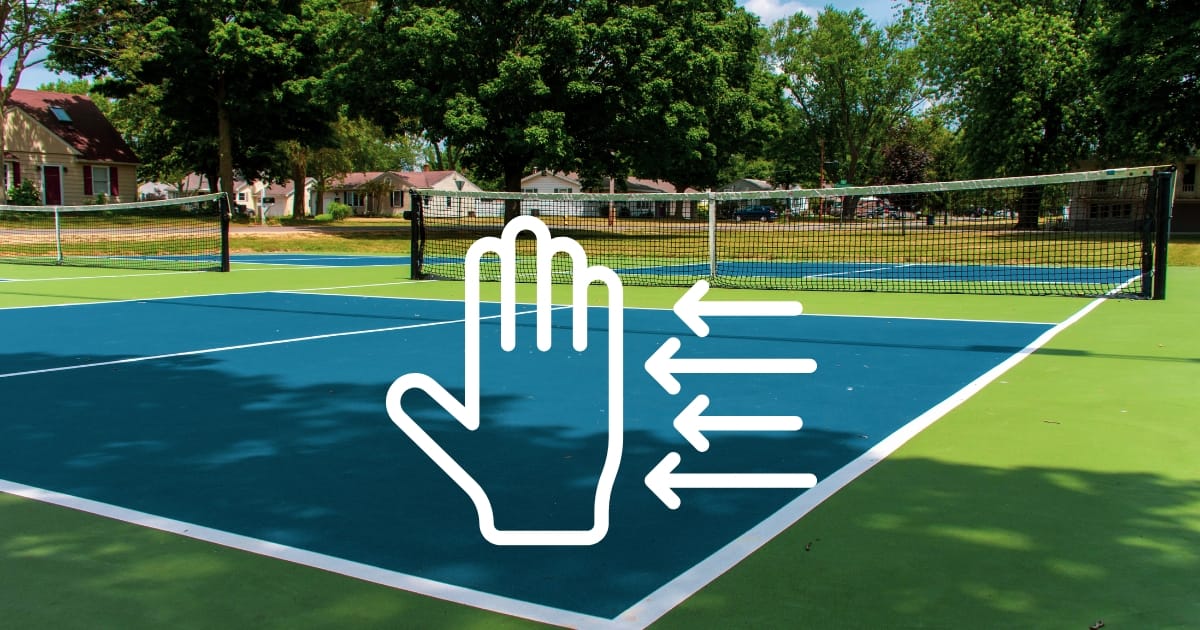
The triangle rule states that when we speed up at our opponent, the counter will most likely go toward our partner.
So, not only have you given your opponent more time to react to your speedup, but you've given your partner less time to react to the counter.
The solution
Keep your drives and speedups straight ahead, unless you have a very good reason to go crosscourt with it.
There are two good reasons to choose to go crosscourt:
- Your opponent is on the move – then you should definitely hit your drive or speedup at them
- Your opponent has proven they cannot handle drives or speedups
All other times, try your best to avoid hitting a hard shot crosscourt.
Why You Need to Cease and Desist Hitting Fifth Shot Drives
As you gain experience as a player and move up in levels, you should begin adapting a “third shot drop” or “third shot drive” strategy. This is one of the most basic strategies players learn in pickleball.
 The Dink PickleballJason Flamm
The Dink PickleballJason Flamm
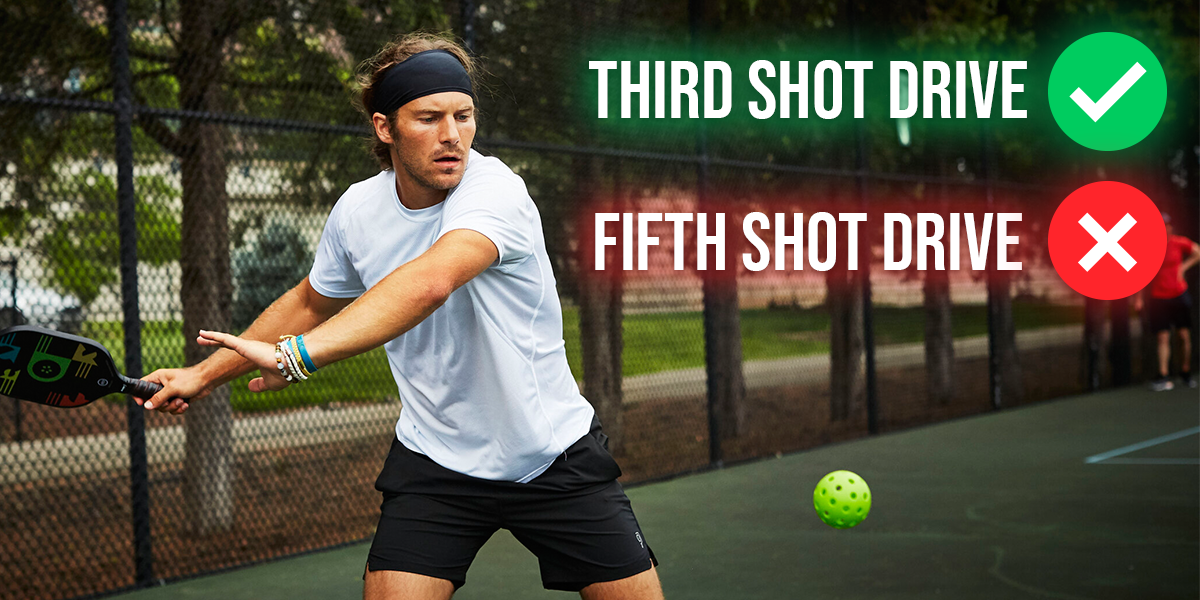
No. 3 - Fadeaway shots
Fadeaway jumpers in basketball are cool. Fadeaway shots (when your body is literally falling back away from your target) in pickleball are not. Take these shots out of your game, immediately.
The problem
When we swing forward but our body falls back, we lose power and accuracy. Our eyes move, our paddles shift, and whatever we are trying to accomplish with the shot becomes much less likely.
These are very low-percentage shots.
This happens most often because we are out of position as a ball comes toward us. Either you moved in too far from the baseline (after a serve or return), or you got lazy and decided you weren't going to put yourself in a better position (ie. behind the ball) for a stronger shot.
Making matters even worse, most players will attempt a drive while falling back which gives their opponent a ton of time to respond to it and gives themselves not enough time to recover for the next shot.
How to Hit the Perfect Pickleball Lob and When It’s Simply Not Cool
When is the right time to hit a lob shot in pickleball? Is it a good strategy? We discuss all aspects of the shot and when it’s simply not appropriate.
 The Dink PickleballJason Flamm
The Dink PickleballJason Flamm
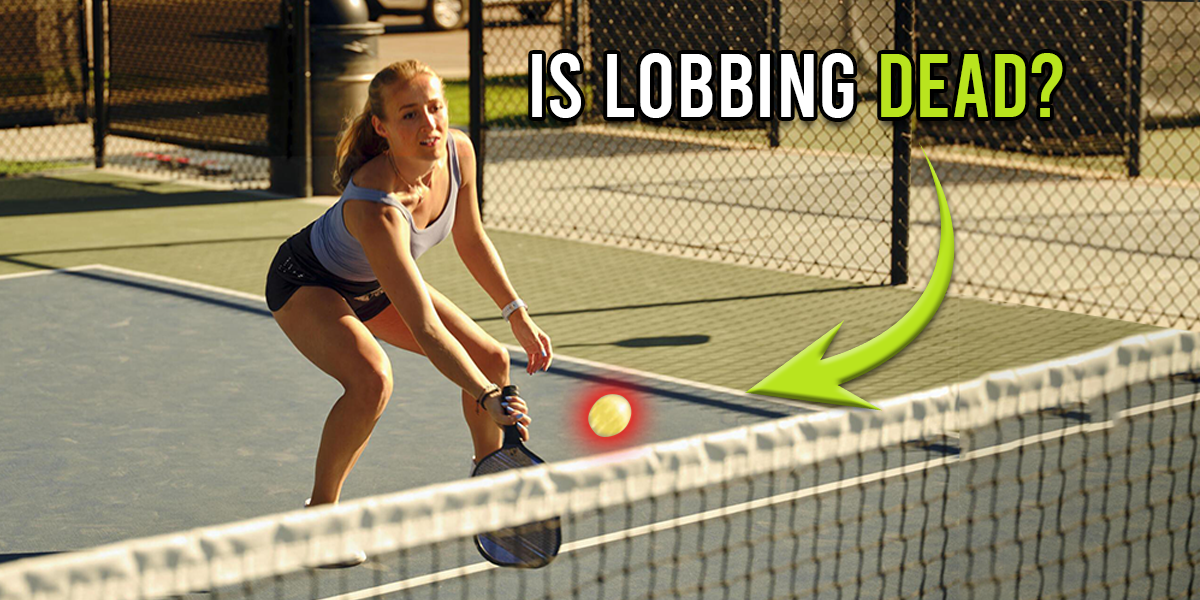
The solution
Once you realize a ball is going to force you backward, don't be lazy. Take a few small steps so that your body is completely behind the ball when it bounces.
If you can't, instead of attempting a fadeaway drive, hit a lob instead. At least then you'll give yourself extra time to get into a better position for your opponent's overhead.
No. 4 - Off-the-bounce speedups
Okay, this one is a little looser, because speedups (from every angle possible) are becoming the way to play pickleball. However, most players would do well to take at least some off-the-bounce speedups out of their shot arsenal.
Let's discuss why.
Speedups are most effective when your opponent doesn't know they're coming. This means that you either disguise the speedup (to look like a dink) or speed a ball up out of the air.
The problem
In today's pickleball, speedups are countered more often, so instead of using them to end points, players use them to start hands battles. If you can beat your opponent in most hand battles, you should speed the ball up frequently.
However, assuming equal skill, a speedup off the bounce allows your opponent to be completely ready for it.
Speedups off the bounce shouldn't catch many by surprise very often.
Since it's not a surprise, a speedup off the bounce is far less effective than one out of the air, and it's better to dink it and wait for a more advantageous moment.
The solution
Rarely use speedups off the bounce. Instead, attack balls out of the air. If it's a bouncing ball, dink it and wait.
If your opponent has proven they can't handle speedups no matter how they happen, then by all means, fire away.
Pickleball Skill Quiz
Find out your pickleball rating
 Pickleball Skill Quiz
Pickleball Skill Quiz
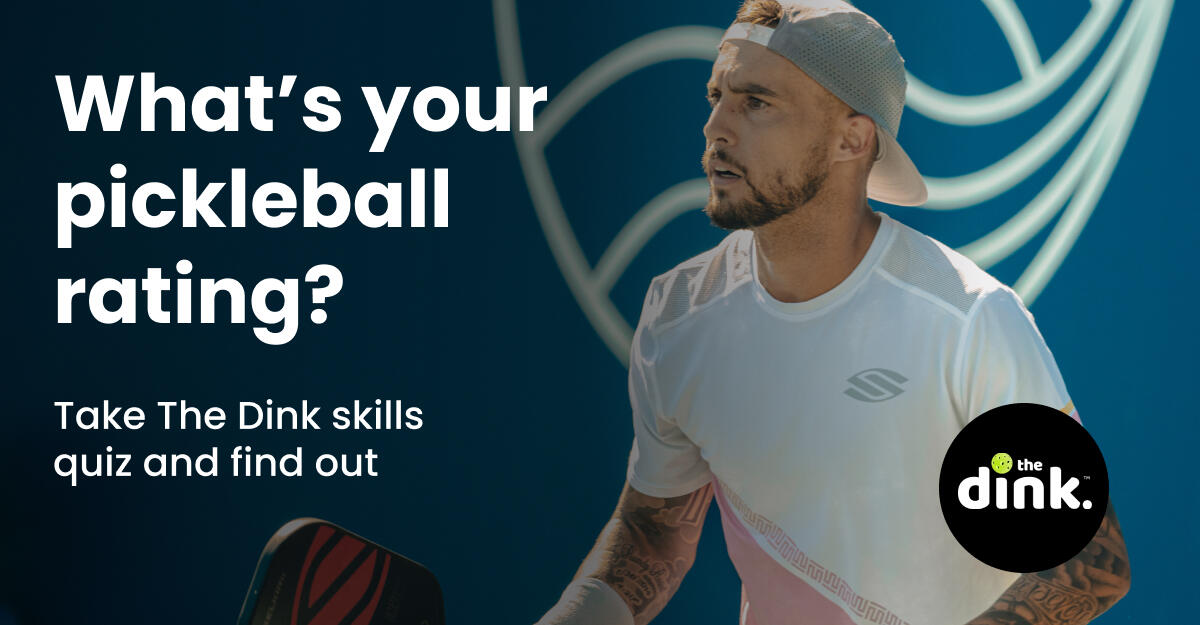
Anuncie Aqui / Advertise Here
Sua marca para o mundo Pickleball! / Your brand for the Pickleball world!

 English
English  Spanish
Spanish  Portuguese
Portuguese  German
German  Italian
Italian  Japanese
Japanese  French
French  Polish
Polish  Russian
Russian  Netherlands
Netherlands  Hungarian
Hungarian  Turkish
Turkish  Videos
Videos 

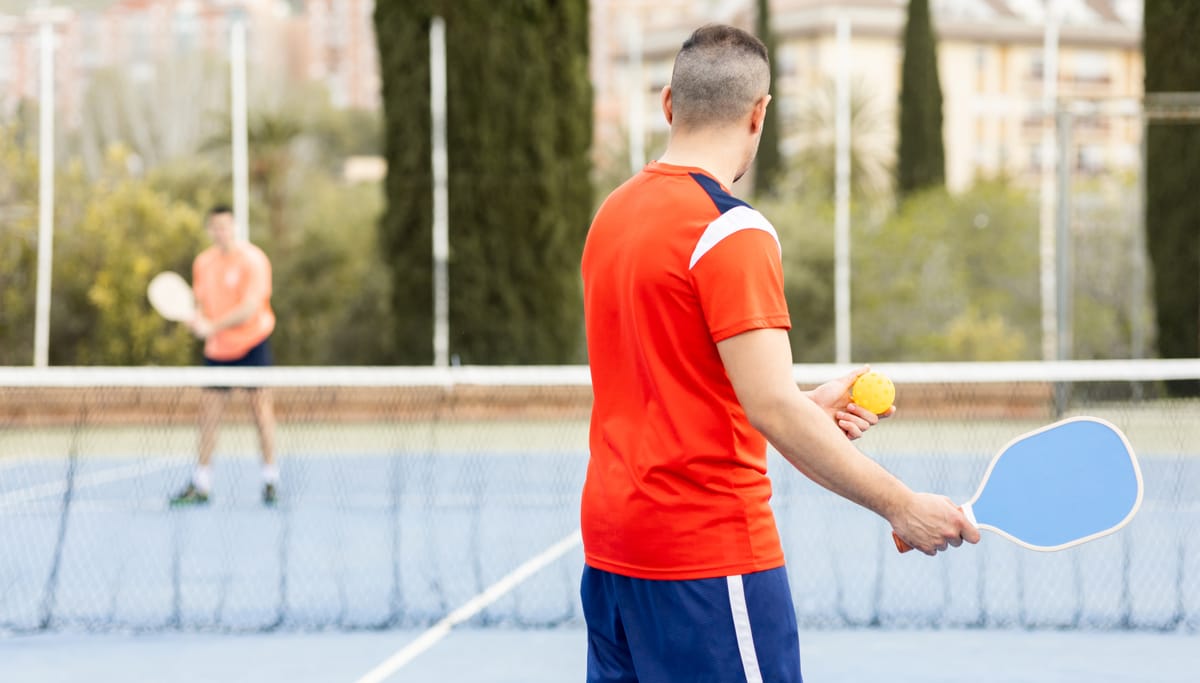
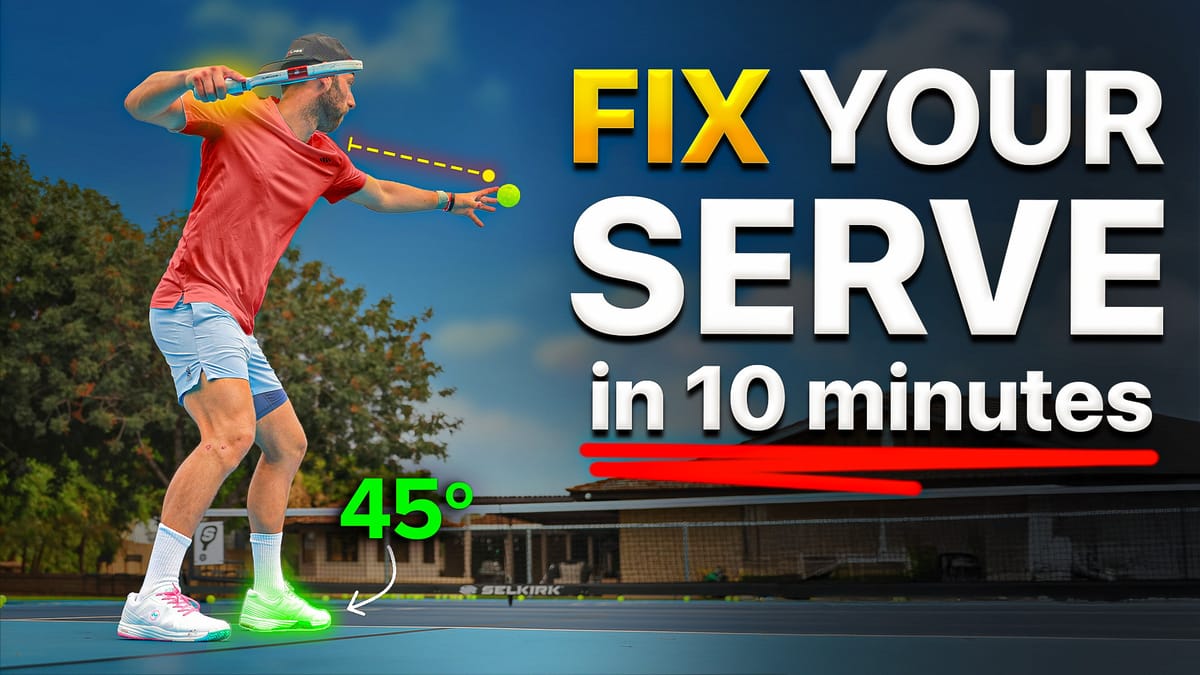
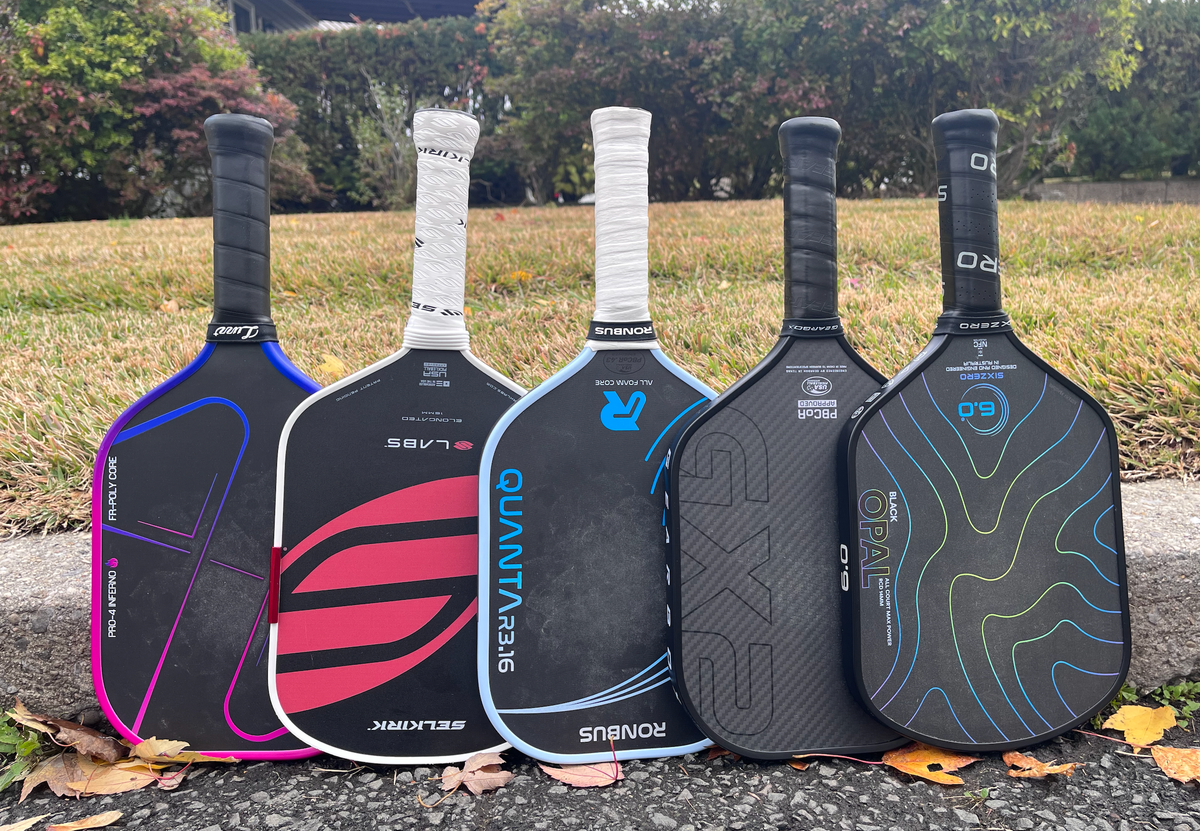




 English (US) ·
English (US) ·  Portuguese (BR) ·
Portuguese (BR) ·